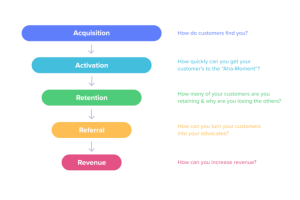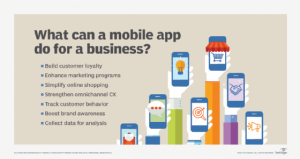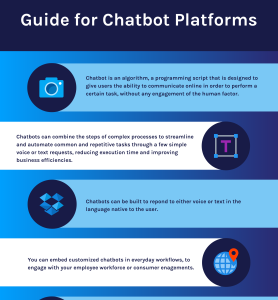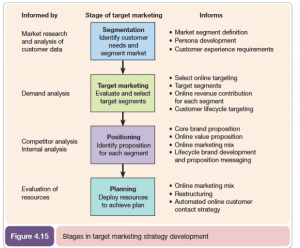Disruptive Technology Machine Learning In Project Management

Natural language processing(NLP) is a subset of machine learning. It teaches machines how to recognize and understand language and text. In this case, it will evaluate project task comments submitted via email and automatically assign RAG status. It is widely used in various fields. NLP is the link between artificial intelligence and human beings, integrating language, computer science and automation. With the development of in-depth learning in the NLP field, it is now suitable for project management reports and can become a valuable tool to avoid cognitive bias and misclassification. This document studies how to use the trained DL NLP model to view, understand and assign risk classifications based on the comments and office applications submitted to the project manager or project management office, so as to realize the automation of project risk classification.
Contrary to intelligent programming, machine learning is a process in which programs learn by themselves with the help of data and statistics. As more data is entered into the model, you will learn to achieve the most reasonable results. Large data sets(such as risk related inputs and outputs), successful and failed project schemes over the years can be analyzed through the ML model to understand which input schemes have the greatest fidelity to which outputs.
Changes in risk classification
Industrial automation control system includes man-machine interface. Taking the programmable logic of an automatic industrial system as an example, the system uses the defined sequential logic. If A and B occur, C will be triggered and the condition will be implemented according to the predefined validated elements. The system is optimized to maximize the required output. Man machine interface is only used for design requiring interference and control. You can now use the same logical framework for text-based NLP models, rather than numeric and binary conditional or mechanical gateways, and use context data. Deep learning NLP model can be trained in large-scale data sets containing project risk data for many years. NLP model can not only understand text input and correlate with output, but also understand context, analyze and classify text scenes according to historical knowledge.
In this example, the project manager is responsible for the human-computer interface, and NLP is responsible for the automatic process of project risk classification report and reporting. As shown in the previous example, unless logic output(such as risk classification or unacceptable uncertainty threshold) is required, HMI/PM intervention cannot be requested, which will trigger subsequent mandatory intervention of control event sequence.
The slow data transmission from man to machine, from man to man, and from machine to machine is the bottleneck in the previous example. In data transmission, the risk of cognitive bias and misclassification is high. By automating various procedures, the project manager or project management office can get rid of the cognitive reasoning easily affected by human errors in specific areas of the project management framework and become a holistic and strategic control mind, which is essentially an optimized project management.
future
As we move towards the “fourth industrial revolution”, AI has been more widely used at the basic level to optimize project risk classification and mitigation, resource scheduling and utilization analysis, advanced forecast project results report and KPI analysis.
From the beginning, we studied the basic implementation of AI subset, which is driven by process. The series of possibilities presented by this basic concept of deep learning will show the coming changes.
Let’s take a more strategic and scalable approach and now study how AI can have a strategic impact on the project management industry from the top down. From the perspective of the organization, how will it affect the industry? Will we therefore establish new methods, processes and frameworks? Can AI create a unified toolkit of tools and utilities to help project managers or projects? In project management, the impact of AI has a devastating impact on all industries, and fundamentally redefines project management practices.
Risk analysis, mitigation and prediction are usually practices accumulated with the progress of the project, and the risk register is pre-defined and reactively updated to a minimum. Risk is uncertain in nature, and this situation will continue to exist without the ability to predict the future 100% accurately.
No one can guarantee that the project will be completed on time, within the budget, within the scope and with the agreed quality; impossible. On the other hand, risks can be continuously modeled using historical data. Machines can learn to calculate and predict risks with incredible accuracy, which is more accurate than any human peer. Integrating this function as a standard into the project management industry will be a key evolutionary stage. Learning is essential; however, the industry did not learn from previous projects and procedures and did not take effective measures to avoid failure.
This course should be implemented at the regulatory level, so that AI can model all industry data and provide standardized risk, management and control indexes, which can achieve better project management practices of automation, control, optimization and risk avoidance through learning and development. The next stage of evolution is to use AI to solve key industry defects. Projects must be integrated, not stand-alone.








